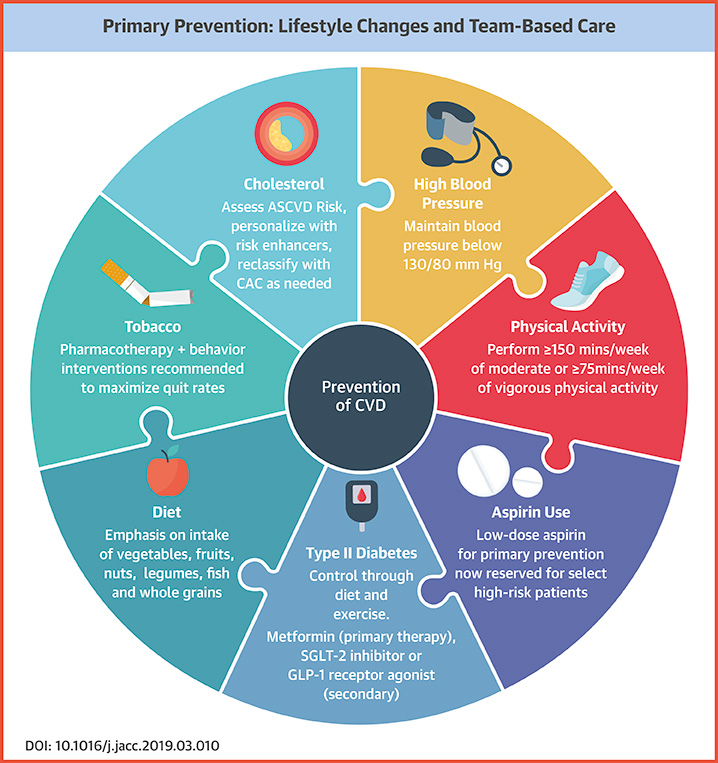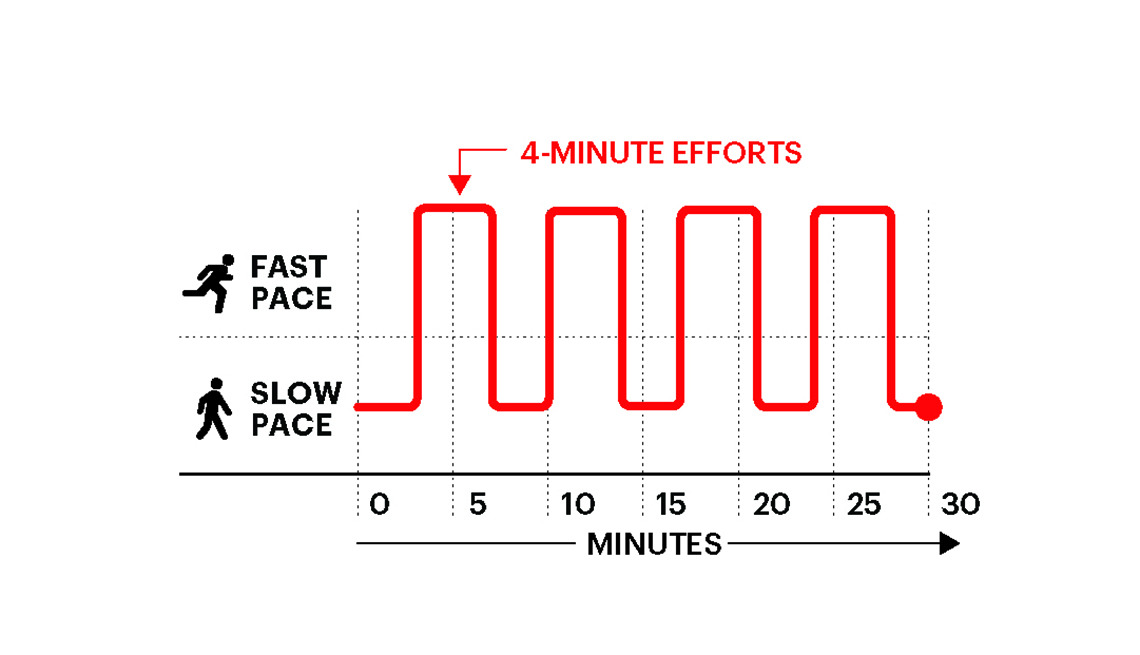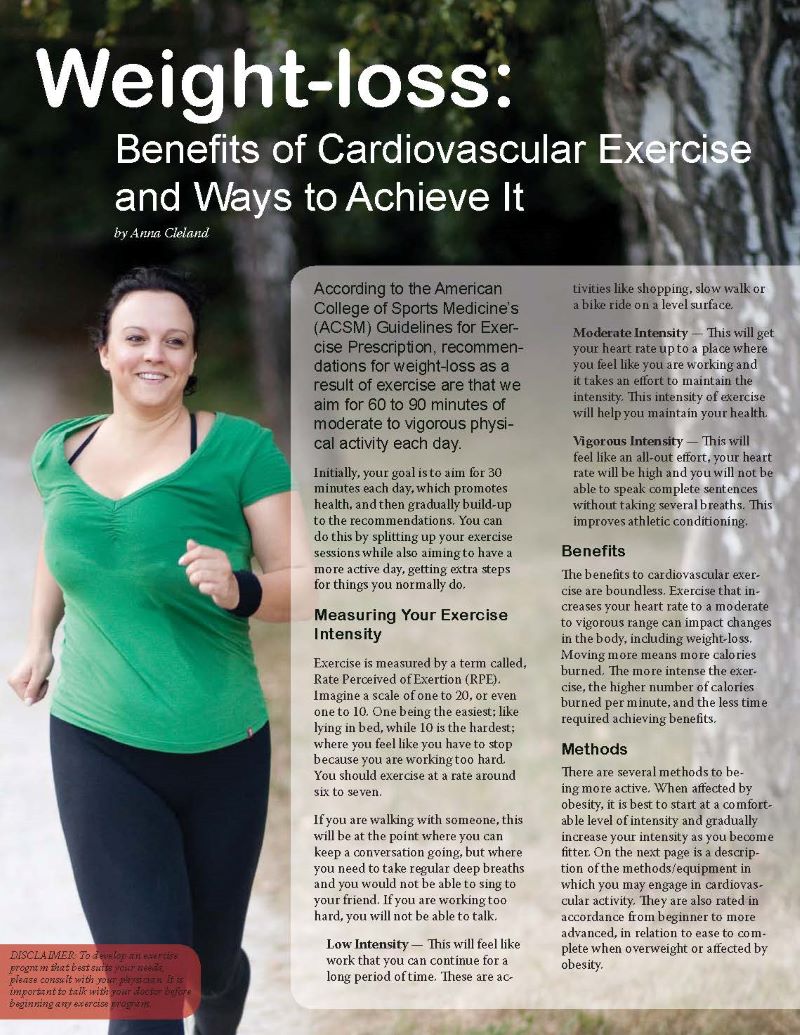Safe Cardio Exercises for Middle-Aged People

Safe Cardio Exercises for Middle-Aged People
Cardiovascular exercise is essential for maintaining physical and mental health, especially for middle-aged individuals aged 40-55. This article explores safe, effective, and engaging cardio exercises tailored to the needs of this demographic. By incorporating these exercises into your routine, you can improve heart health, boost energy levels, and enhance overall well-being.

Why Cardio Matters in Middle Age
Cardio exercises are vital for middle-aged individuals as they help counteract age-related changes such as slower metabolism, reduced endurance, and increased risk of cardiovascular diseases. Regular cardio improves blood circulation, strengthens the heart, reduces oxidative stress, and lowers systemic inflammation, which are key factors in preventing chronic conditions like diabetes and hypertension .12 .15.
The CDC recommends 150 minutes of moderate-intensity activity or 75 minutes of vigorous-intensity activity weekly. Breaking these into manageable sessions ensures consistency without overwhelming your body .5 .14.
Safety First: Guidelines for Middle-Aged Cardio
Before starting any exercise program, prioritize safety:
-
Consult Your Doctor: Especially if you have pre-existing conditions like hypertension or arthritis .13.
-
Warm-Up and Cool Down: Prepare your muscles with light activity to prevent injury .8.
-
Hydration: Drink water regularly during workouts to avoid dehydration .13.
-
Listen to Your Body: Stop immediately if you experience dizziness, chest pain, or unusual fatigue .8.
-
Avoid High-Risk Exercises: Steer clear of activities like sprinting or heavy weightlifting that strain joints and muscles excessively .9.

Low-Impact Cardio Options
Low-impact exercises are ideal for middle-aged individuals as they minimize stress on joints while delivering cardiovascular benefits:
-
Walking
Walking is simple yet effective. Start with short distances and gradually increase intensity or duration. It enhances mobility, independence, and mental well-being .6 .14. -
Swimming
Swimming is gentle on joints and provides a full-body workout. Interval training in the pool—such as alternating between fast laps and slow recovery laps—can boost heart rate safely .3. -
Cycling
Whether outdoors or on a stationary bike, cycling strengthens leg muscles while improving cardiovascular health. Adjust resistance levels to match your fitness level .3. -
Elliptical Training
Using an elliptical machine reduces joint impact compared to running while offering a great cardio workout. Customize the incline and resistance to suit your needs .3. -
Yoga and Pilates
These practices improve flexibility, balance, posture, and core strength while providing moderate cardiovascular benefits .3.

At-Home Cardio Exercises
For those who prefer exercising at home, here are some effective options:
-
Jogging in Place
A simple way to elevate your heart rate without requiring much space or equipment .2. -
Air Squats
Strengthen your thighs, glutes, and core while improving balance .2. -
Mountain Climbers
A dynamic exercise that engages multiple muscle groups while boosting cardiovascular endurance .2. -
Screamer Lunges
Build leg strength and challenge your heart with this high-energy movement .2.

High-Intensity Interval Training (HIIT)
High-intensity interval training (HIIT) is an efficient way to improve fitness in less time. Middle-aged individuals can benefit from modified HIIT routines designed to avoid excessive strain:
-
Warm up with light activity for three minutes.
-
Alternate between three minutes of intense effort (e.g., brisk cycling or fast walking) and three minutes of recovery.
-
Repeat this cycle three times for a total of 18 minutes .10.
HIIT boosts endurance, burns calories efficiently, and improves heart health without requiring prolonged sessions.

Exercises to Avoid
Certain exercises pose higher risks for middle-aged individuals due to joint stress or injury potential:
-
Leg extension machines
-
Back extensions on Roman chairs
-
Plyometric exercises (e.g., box jumps)
-
Overhead presses
-
Heavy weightlifting
-
Sprinting .9
Instead of avoiding exercise altogether, opt for modified versions or alternative movements that prioritize safety.
:max_bytes(150000):strip_icc()/VWH_Illustration_Exercises-for-Knee-Pain_Illustrator_Laura-Porter_Final-4565a0afbe3f4e1abd17fa318218e37b.jpg)
Benefits Beyond Physical Health
Cardio exercise offers numerous benefits beyond physical fitness:
-
Mental Health: Reduces anxiety and depression while improving cognitive function.
-
Longevity: Regular cardio decreases mortality risk from heart disease and cancer.
-
Energy Levels: Enhances stamina for daily activities by improving oxygen flow throughout the body.
-
Joint Health: Promotes mobility by reducing stiffness and increasing circulation .6 .12 .15.

Sample Weekly Cardio Plan
Here’s a beginner-friendly weekly plan:







